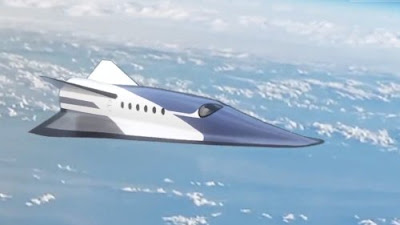Aviation First: Plane with No Moving Part
MIT Built and Flown
Powered by "Wind of Ions"
MIT engineers have built and flown the world's first plane with no moving parts in the propulsion system. There are no propellers or turbines. Instead, it's powered by what they call "ionic wind". There is a strong flow of ions onboard the plane that generates enough thrust to propel it for a steady sustained flight.
Silent, Green Flights
The light aircraft doesn't require any fossil fuel. Batteries in the fuselage provide voltage to electrodes that are placed along the length of the plane generating the ionic wind.
Big Horizons
This is the world's first ever sustained flight with no moving parts in the propulsion system. Lead developer Associate Professor Steven Barrett says this potentially opens new possibilities for aircraft that are "quieter, mechanically simpler and don't emit combustion emissions". Near term the system could be used to power drones. Longer term, it could be used to create hybrid passenger planes and other large aircraft. For more breakthrough travel innovation, go to my Amazon Author's page. You can borrow Important Innovations: Collection Transportation for free. amazon.com/author/ekane
 |
| Courtesy: MIT |
Powered by "Wind of Ions"
MIT engineers have built and flown the world's first plane with no moving parts in the propulsion system. There are no propellers or turbines. Instead, it's powered by what they call "ionic wind". There is a strong flow of ions onboard the plane that generates enough thrust to propel it for a steady sustained flight.
Silent, Green Flights
The light aircraft doesn't require any fossil fuel. Batteries in the fuselage provide voltage to electrodes that are placed along the length of the plane generating the ionic wind.
Big Horizons
This is the world's first ever sustained flight with no moving parts in the propulsion system. Lead developer Associate Professor Steven Barrett says this potentially opens new possibilities for aircraft that are "quieter, mechanically simpler and don't emit combustion emissions". Near term the system could be used to power drones. Longer term, it could be used to create hybrid passenger planes and other large aircraft. For more breakthrough travel innovation, go to my Amazon Author's page. You can borrow Important Innovations: Collection Transportation for free. amazon.com/author/ekane



Comments
Post a Comment